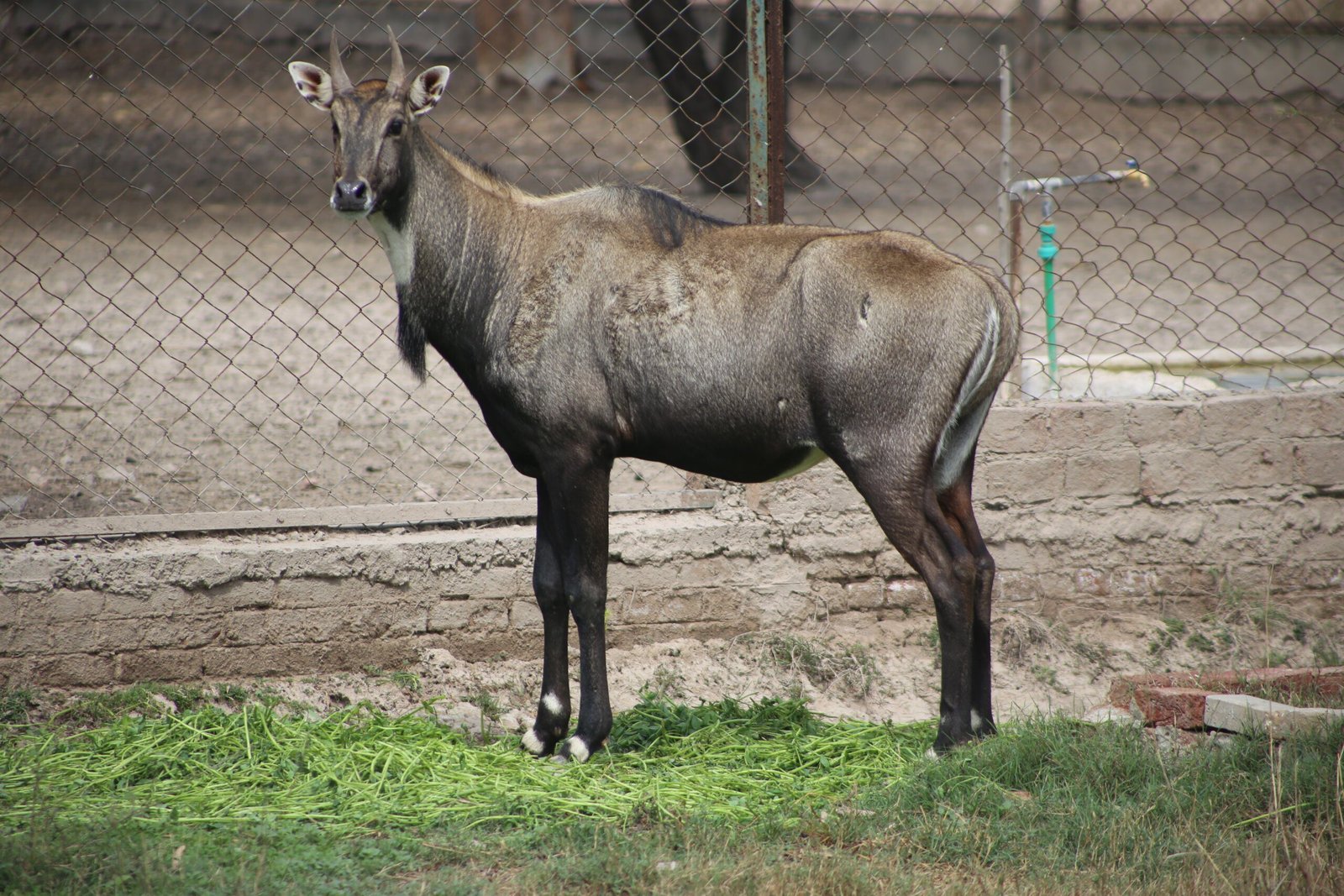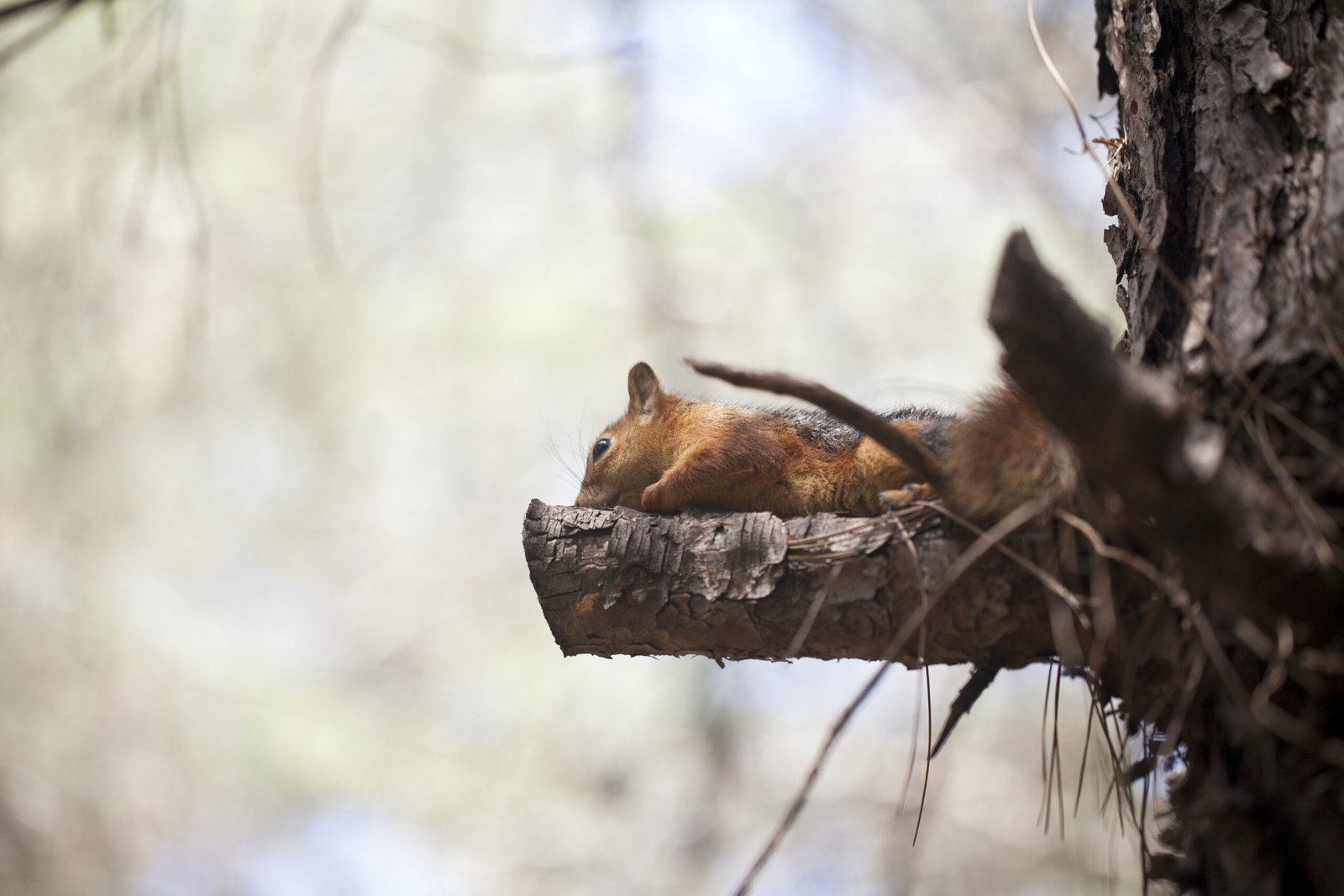Table of Contents
Have you ever wondered about the weight of a capybara? These adorable creatures, native to South America, are the largest rodents in the world. With their round bodies and gentle nature, it’s hard not to be curious about just how heavy they can get. In this article, we will take a closer look at the fascinating world of capybaras and discover just how much they weigh. Prepare to be amazed by these enchanting creatures and the weight they carry!
Physical Characteristics of Capybaras
Size
Capybaras are the largest rodents in the world, measuring an average of 1.5 to 2 feet in height (45 to 60 centimeters) at the shoulder. From nose to rump, they can reach a length of around 3 to 4 feet (1 to 1.3 meters). With their elongated bodies, capybaras have a robust appearance that sets them apart from other rodents.
Weight
When it comes to their weight, capybaras are quite impressive. On average, adult capybaras weigh between 77 to 146 pounds (35 to 66 kilograms). The weight of these gentle giants can vary depending on several factors, such as sex, age, diet, and living conditions.
Body Shape
Capybaras have a unique body shape that is well-adapted to their semi-aquatic lifestyle. Their stocky bodies are barrel-shaped and supported by sturdy legs, enabling them to navigate both land and water with ease. The flat, blunt head of a capybara is adorned with small ears and dark, round eyes, which contribute to their adorable appearance.
Coat and Coloration
Capybaras have short, coarse fur that ranges in color from reddish-brown to a dark golden hue. The texture of their fur helps to insulate them in various weather conditions while remaining water-resistant. Their fur also aids in camouflage, allowing capybaras to blend in with their surroundings and avoid potential predators.
The Average Weight of a Capybara
Sexual Dimorphism
Sexual dimorphism refers to the physical differences between males and females of the same species. In the case of capybaras, males tend to be slightly larger and heavier than females. Adult male capybaras can weigh up to 146 pounds (66 kilograms), whereas females generally weigh between 77 and 120 pounds (35 to 55 kilograms).
Variations in Weight
While the average weight of capybaras falls within a specific range, individual capybaras may vary in weight due to genetic factors, environmental conditions, and access to food resources. It’s not uncommon to find capybaras that are either slightly heavier or lighter than the average weight for their age and sex.
Weight at Birth
Capybaras are relatively large at birth compared to many other rodent species. Newborn capybaras typically weigh around 2.5 to 4.5 pounds (1.1 to 2 kilograms). This substantial weight at birth helps them start life on a strong footing and allows for faster growth and development.
Weight during Growth
During their first year of life, capybaras experience rapid growth. By the time they reach one year old, capybaras often weigh around 45 to 60 pounds (20 to 27 kilograms). This growth rate gradually slows down as they mature into adulthood.
Adult Weight
Once capybaras reach adulthood, their weight stabilizes within the previously mentioned range of 77 to 146 pounds (35 to 66 kilograms). It’s important to note that individuals may deviate slightly from this range, but these figures serve as a reasonable average for adult capybaras.

Factors Affecting Capybara Weight
Diet and Nutrition
The diet of capybaras consists mainly of vegetation, including grasses, aquatic plants, and fruits. The availability and nutritional content of these food sources play a significant role in determining the weight of capybaras. Insufficient or low-quality food can lead to malnutrition and weight loss, while a varied and abundant diet supports healthy growth and weight maintenance.
Habitat and Living Conditions
Capybaras prefer to inhabit wetlands, marshes, and areas near bodies of water. The quality and accessibility of their habitat directly impact their weight. Capybaras in well-maintained, natural habitats with ample food resources tend to have healthier weights compared to those in disturbed or fragmented environments.
Age and Health
As capybaras age, their weight can fluctuate due to various factors. Older individuals may experience muscle loss or reduced appetite, leading to weight loss. Furthermore, health conditions, such as parasites or diseases, can also affect a capybara’s weight. Regular veterinary care and monitoring are essential to maintaining optimal weight and overall well-being.
Seasonal Weight Fluctuations
Capybaras may experience seasonal weight fluctuations, especially in regions with distinct seasons. During periods of abundance, such as the rainy season, capybaras may gain weight due to increased food availability. Conversely, they may lose weight during times of scarcity, such as the dry season when food resources are more limited.
Implications of Capybara Weight
Adaptations for Aquatic Life
Being semi-aquatic creatures, capybaras have unique adaptations that allow them to thrive in aquatic environments. Their large size and weight provide buoyancy, making it easier for them to swim and navigate through water. The increased weight also helps them stay submerged while grazing on aquatic vegetation.
Thermoregulation
Capybaras use their weight as an advantage when it comes to thermoregulation. Their bodies have a high surface area-to-volume ratio, which aids in dissipating heat efficiently. During hot weather, capybaras can quickly cool down by submerging themselves in water to avoid overheating.
Predator Avoidance
The substantial weight and sturdy build of capybaras serve as physical barriers against potential predators. While they may not be particularly fast runners, their size can deter many predators from attacking. Additionally, their ability to swim enables them to escape into water bodies, providing an added layer of protection.
Social Dynamics
Capybaras are highly social animals that live in groups known as herds. Within these herds, individuals with higher weights often hold dominance over their lighter counterparts. Weight plays a role in establishing hierarchies within the group, influencing access to resources and breeding opportunities.

The World’s Heaviest Rodent
Comparison to Other Rodents
Capybaras hold the title for being the heaviest rodents in the world. When comparing them to other rodents, such as beavers or rodents found in North America, capybaras typically surpass them in weight and size. Their impressive stature contributes to their uniqueness and fascination among researchers and wildlife enthusiasts alike.
Ecological Significance
As the largest rodents, capybaras play a crucial role in their ecosystems. Their grazing behavior helps regulate vegetation growth, shaping the structure and composition of wetland habitats. Capybaras also act as key prey species for a variety of predators, ensuring a balanced food web.
Conservation Efforts
Given their ecological significance, capybaras have become a focal point in conservation efforts. Protecting their natural habitats and ensuring their survival is essential for the overall health and stability of ecosystems where they reside. Research initiatives into capybara behavior, ecology, and population dynamics aid in formulating effective conservation strategies.
Capybara Weight in Relation to Human Perception
Perceived as Cute and Cuddly
Capybaras’ large size and endearing appearance have endeared them to humans worldwide. Many people find their adorable faces and gentle demeanor captivating, perceiving them as cute and cuddly creatures. Their unique weight adds to their charm and uniqueness, making them a popular subject for viral videos and social media content.
Utilization for Food and Materials
In some regions of South America, capybaras are hunted and utilized for their meat and skins. The weight of capybaras becomes a factor in determining the economic value and usefulness of these animals. However, it is worth noting that hunting capybaras for commercial purposes must be regulated to ensure sustainable use and avoid overexploitation.
Cultural Significance
Capybaras hold cultural significance in various indigenous communities throughout South America. They are often depicted in folklore, artwork, and traditional ceremonies. Understanding the weight and other physical characteristics of capybaras is crucial for preserving the cultural heritage associated with these remarkable animals.
Domestication Potential
Given their unique attributes and adaptability, the idea of domesticating capybaras has intrigued some individuals. However, domestication is a complex process that requires careful consideration, as it not only affects the animals but also raises ethical concerns. Understanding capybara weight, behavior, and nutritional needs is essential in evaluating the feasibility and welfare implications of domestication.

The Importance of Understanding Capybara Weight
Research and Conservation
Gaining a comprehensive understanding of capybara weight is vital for research and conservation efforts. Monitoring the weight of capybara populations can provide valuable insights into their health, reproductive success, and responses to environmental changes. This data contributes to the development of effective conservation measures to protect capybara populations and their habitats.
Education and Awareness
Knowledge about capybara weight allows educators and wildlife enthusiasts to share accurate information with the public. By highlighting the importance of capybara conservation and the challenges they face, awareness can be raised, promoting a greater appreciation and understanding of these remarkable creatures.
Wildlife Management
For regions where capybaras coexist with human populations, understanding their weight is crucial for effective wildlife management. By monitoring their population size, health, and weight, wildlife managers can make informed decisions regarding habitat preservation, human-wildlife conflict mitigation, and sustainable use of natural resources.
Ethical Considerations
Understanding capybara weight is essential when considering ethical considerations surrounding their captivity and welfare. In situations where capybaras are kept in zoos or other captive environments, regular monitoring of their weight is necessary to ensure their physical and mental well-being. Assessing weight changes can help identify potential health issues or the need for dietary adjustments.
Measuring Capybara Weight
Techniques for Weighing
Accurately measuring capybara weight requires specialized techniques. Common methods involve the use of large animal scales, especially designed to support the capybara’s weight. Capybaras are lured onto the scales through positive reinforcement, such as food rewards, ensuring a stress-free weighing process.
Challenges and Limitations
Weighing capybaras can present challenges due to their semi-aquatic nature and strong aversion to handling. Captive capybaras may become stressed or anxious when undergoing weighing procedures, leading to inaccurate readings. Additionally, measuring wild populations can be challenging due to the need for non-invasive monitoring methods.
Measuring Capybara Body Fat
In addition to weight, measuring capybara body fat provides valuable insights into their overall health and nutritional status. Techniques such as ultrasound imaging and skinfold thickness measurements can be employed to estimate body fat percentage accurately. These assessments further assist in evaluating diet effectiveness and identifying potential health issues.
Capybara’s Weight to Height Ratio
Determining Ideal Weight
While there is no specific weight-to-height ratio for capybaras, maintaining a healthy weight is critical for their overall well-being. Monitoring their weight in relation to their size helps ensure they are not underweight or overweight, which can lead to various health problems.
Implications for Health
Maintaining an appropriate weight is crucial for capybaras’ overall health and longevity. Being underweight can weaken their immune system and reproductive capabilities, while being overweight can strain their joints and organs. Regular monitoring and adjusting diet and exercise accordingly contribute to their overall well-being.
Maintaining Proper Nutrition
Balanced nutrition plays a crucial role in maintaining capybaras’ weight and overall health. Providing a diet that mimics their natural food sources, including a variety of grasses, fruits, and vegetables, ensures they receive all the necessary nutrients. Adjusting portion sizes and food choices also helps maintain their weight within a healthy range.
Exercising Capybaras
Promoting physical activity is vital in maintaining capybaras’ weight and preventing obesity-related health issues. Encouraging natural behaviors, such as swimming and foraging, helps them burn calories and strengthens their muscles. Environmental enrichment and access to ample space for movement are essential for capybaras in captivity.
Conclusion
The weight of a capybara is a fascinating aspect of its physical characteristic. As the world’s heaviest rodents, capybaras captivate researchers and wildlife enthusiasts alike. Their weight not only contributes to their unique appearance but also influences various aspects of their lives, including their adaptations, social dynamics, and ecological significance. Understanding capybara weight is essential for conservation efforts, wildlife management, and promoting the well-being of these extraordinary creatures in both natural and captive settings.

